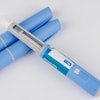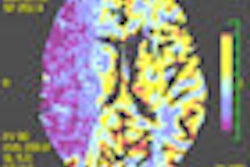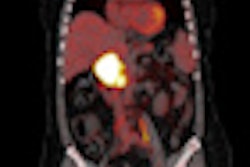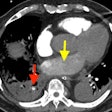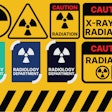Dear CT Insider,
Acute stroke poses a diagnostic dilemma: Which technique should be used? Start with noncontrast CT, followed by perfusion CT, and save MRI for more chronic cases of brain ischemia or control examinations in stroke patients.
That's the advice of an experienced group of specialists from the Czech Republic who admit that local clinical configurations may often dictate which modality is used. To read more, go to the CT Digital Community or click here.
Reporting workload used to be assessed by the number of images reported, but ever more complex CT and MRI procedures have made that method obsolete. For example, reporting a radiograph of a wrist takes much less time and effort than a whole-body CT, so relative value units (RVUs) have been developed. Imaging studies are compared and given scores proportional to reporting time.
Radiologists from Blackburn, U.K., have used RVUs to measure workload and their results are surprising. Click here to find out more.
Premedication with beta-blocking agents is commonly used to lower heart rate prior to coronary CT angiography, but there is a lack of data about the effectiveness and safety of beta-blocker use for this purpose. German researchers have sought to rectify this problem. Get the story here.
Dose reduction continues to be a priority in chest CT, but a new survey conducted among members of the European Society of Thoracic Imaging suggests that practices vary widely between hospitals. To learn more, click here.
The growing demand for emergency CT scans poses major challenges for providers of out-of-hours services in radiology. The solution is a collaborative approach to nighttime CT reporting, according to our columnist Dr. Neelam Dugar, who thinks more stringent standards and a regional approach to out-of-hours emergency CT reporting would help. Click here to read her article.
To read other articles, please go to our CT Digital Community and scroll down the list of stories.




